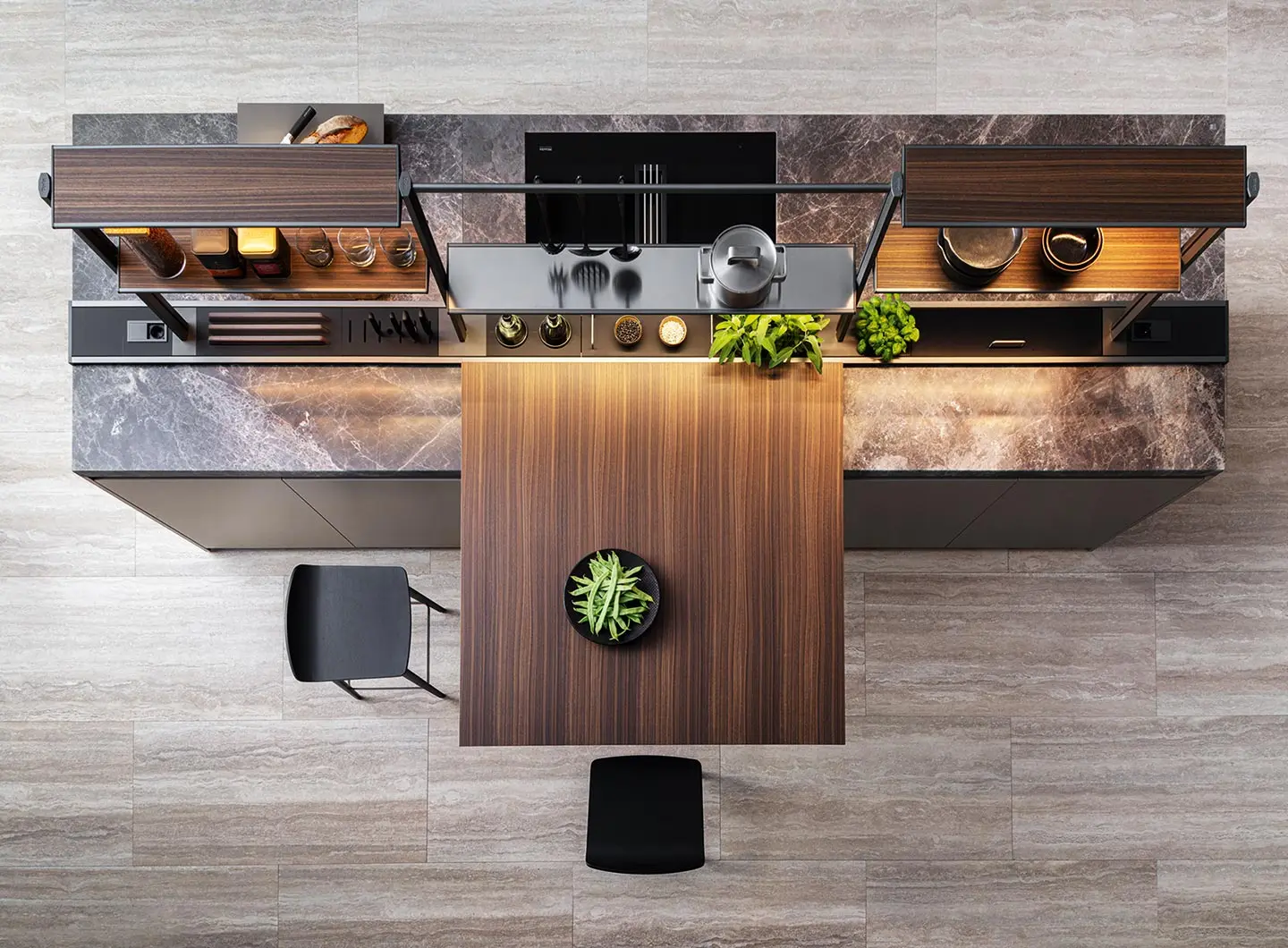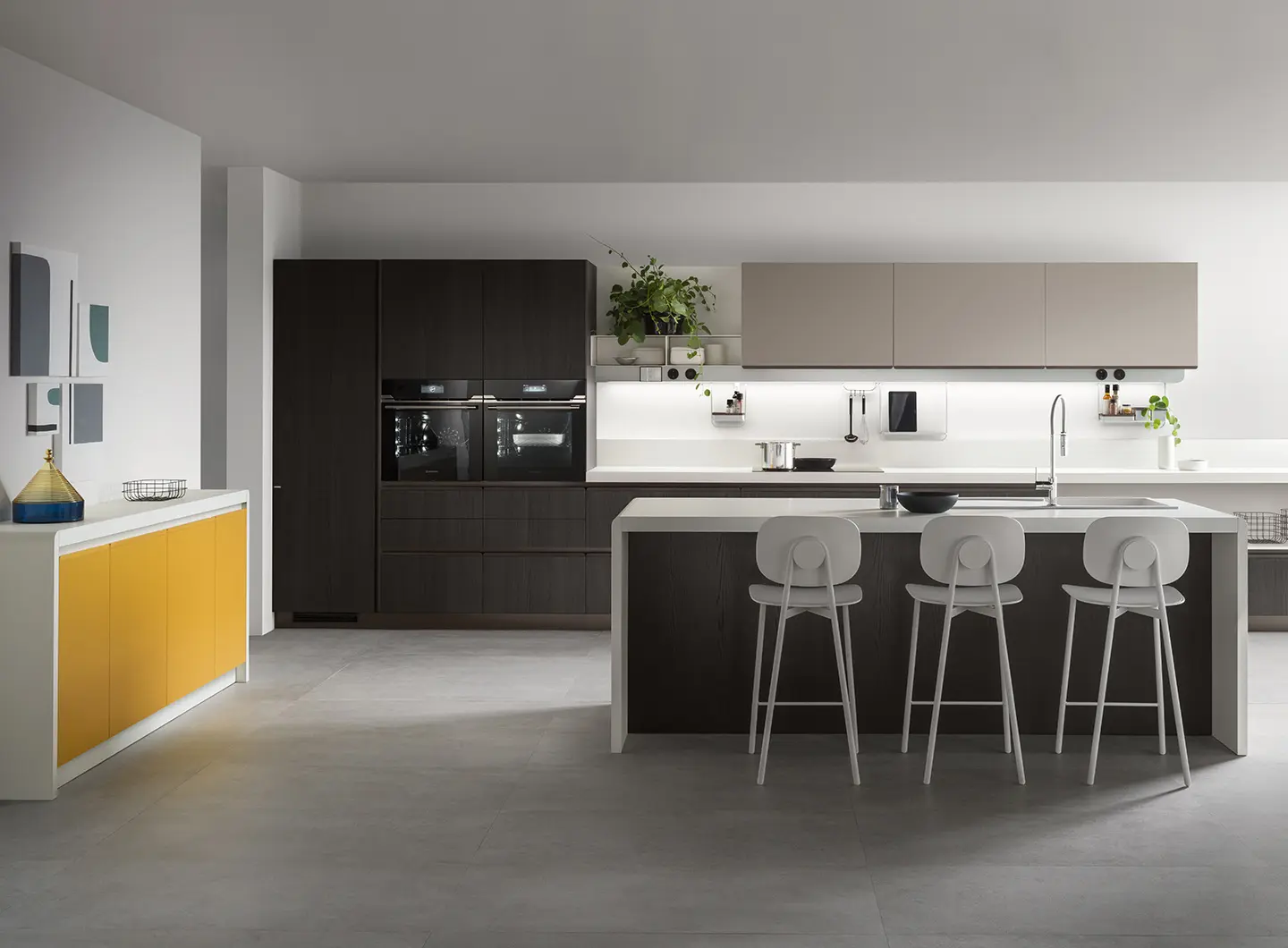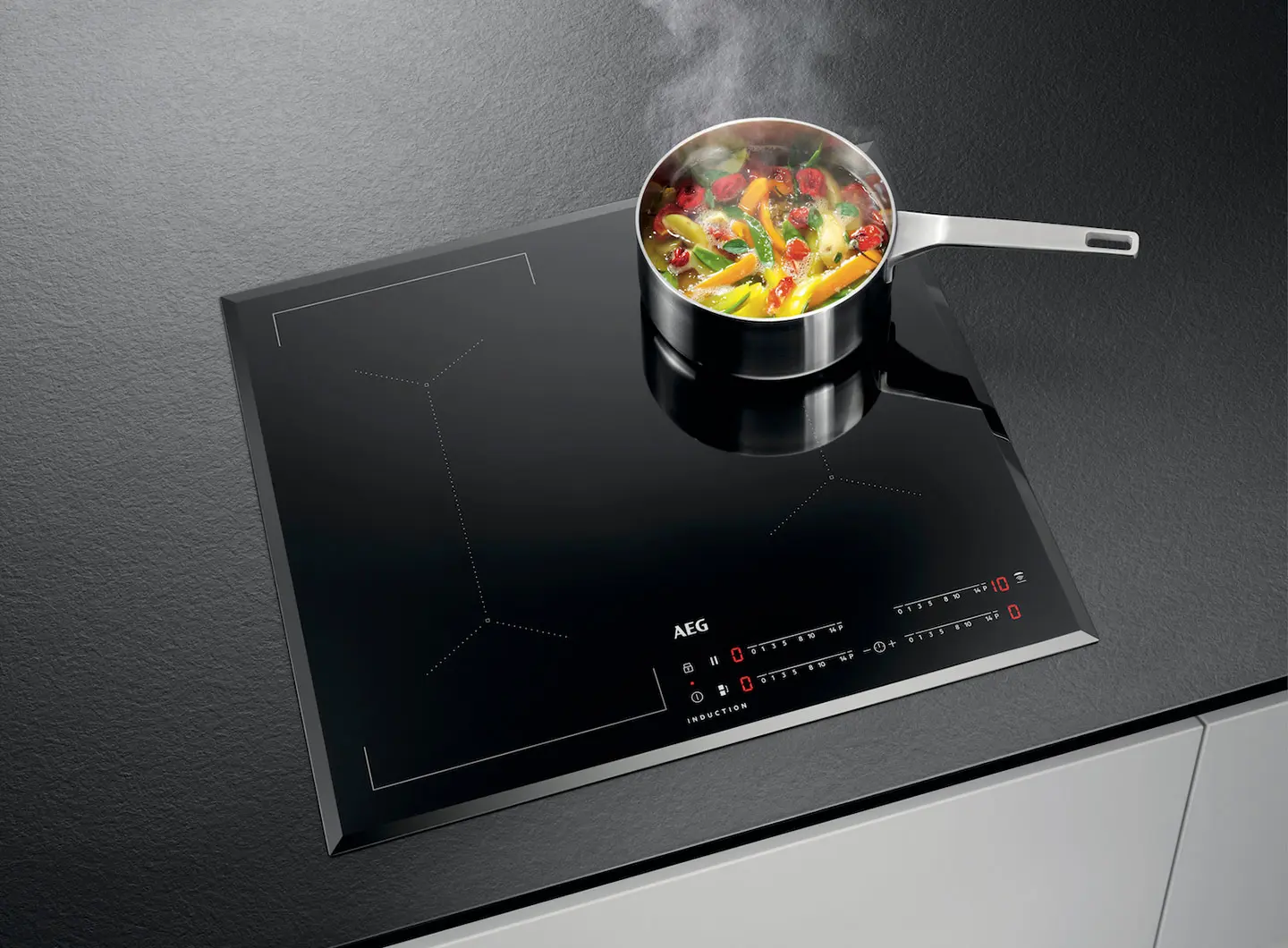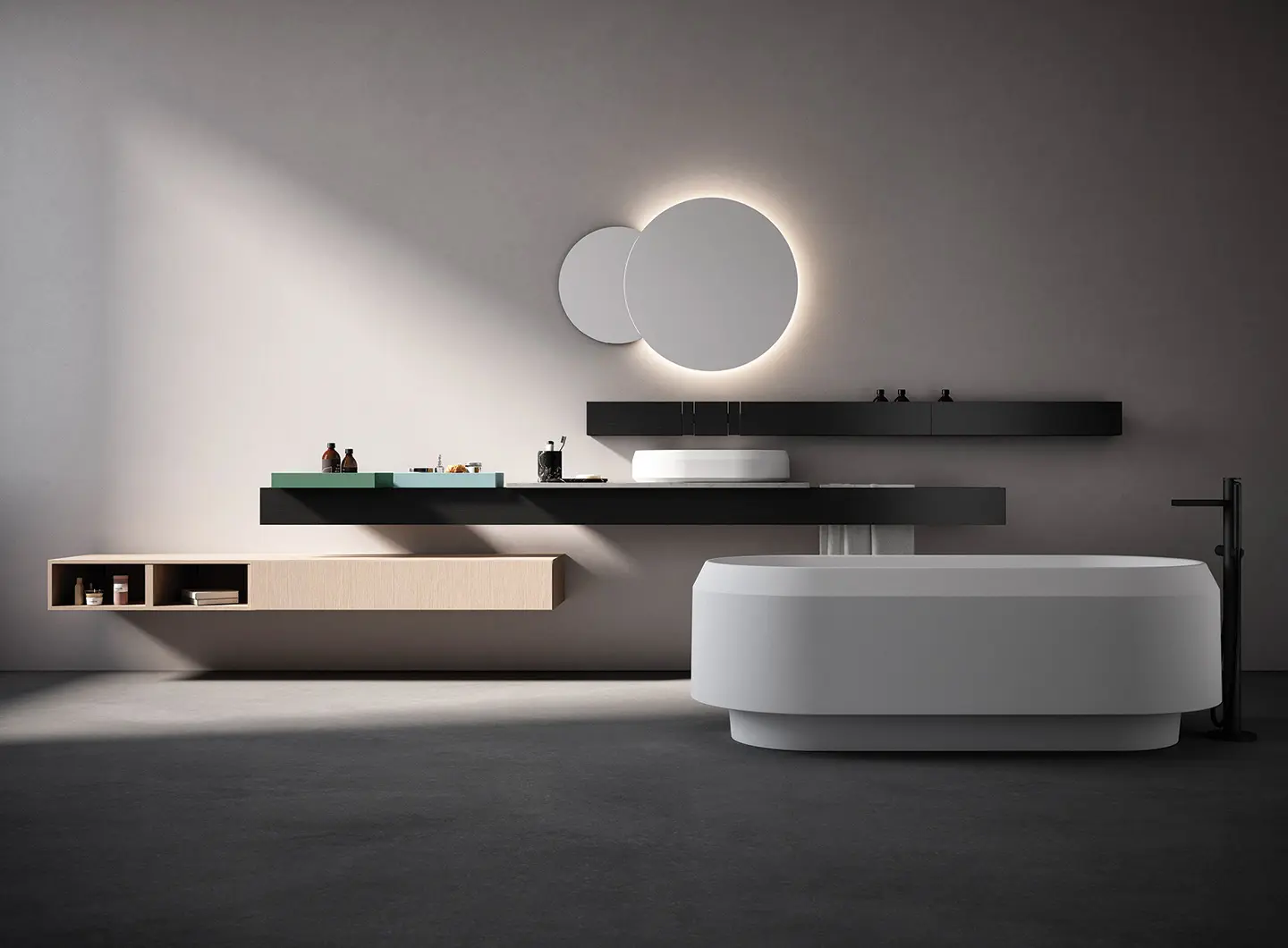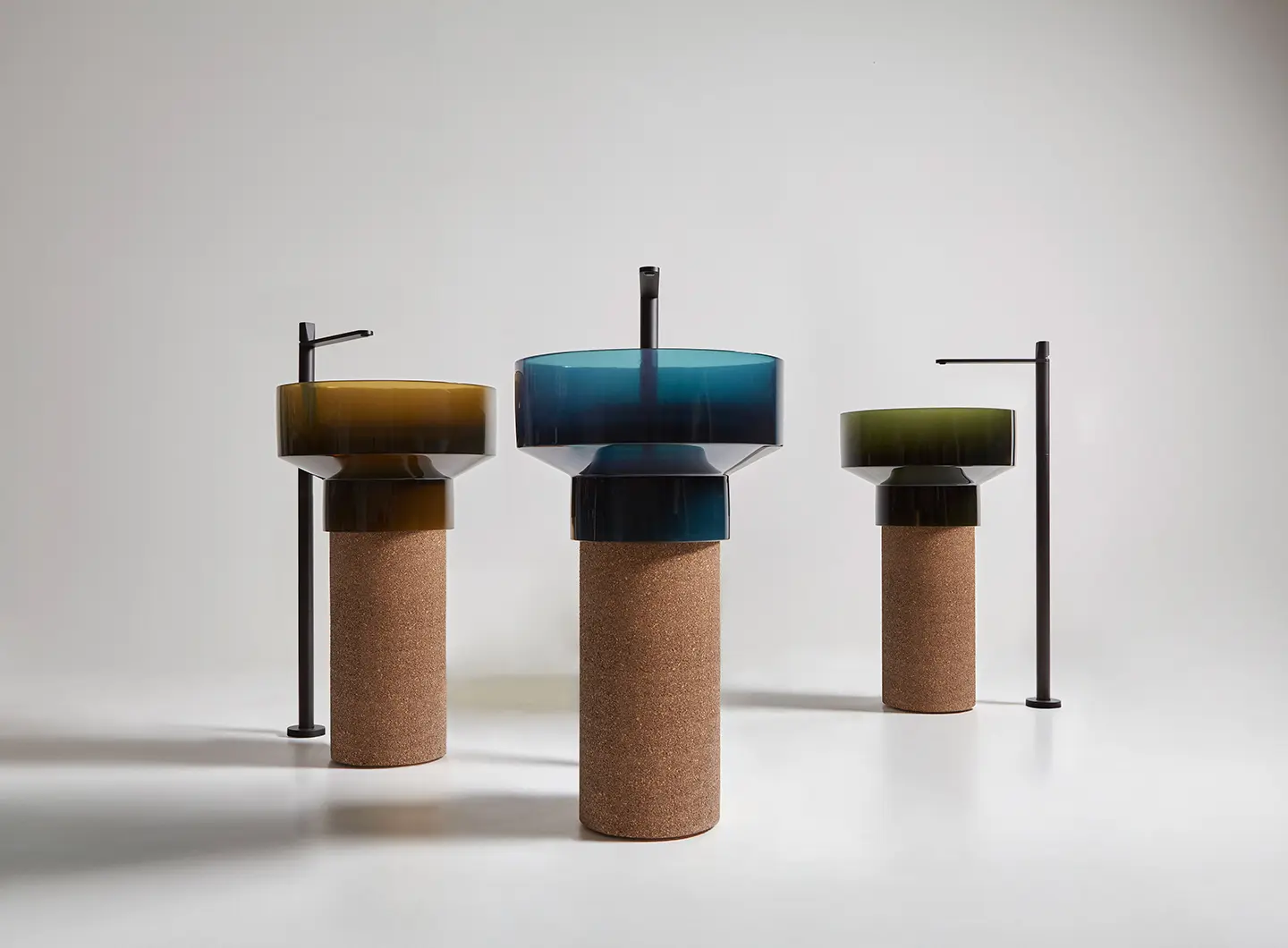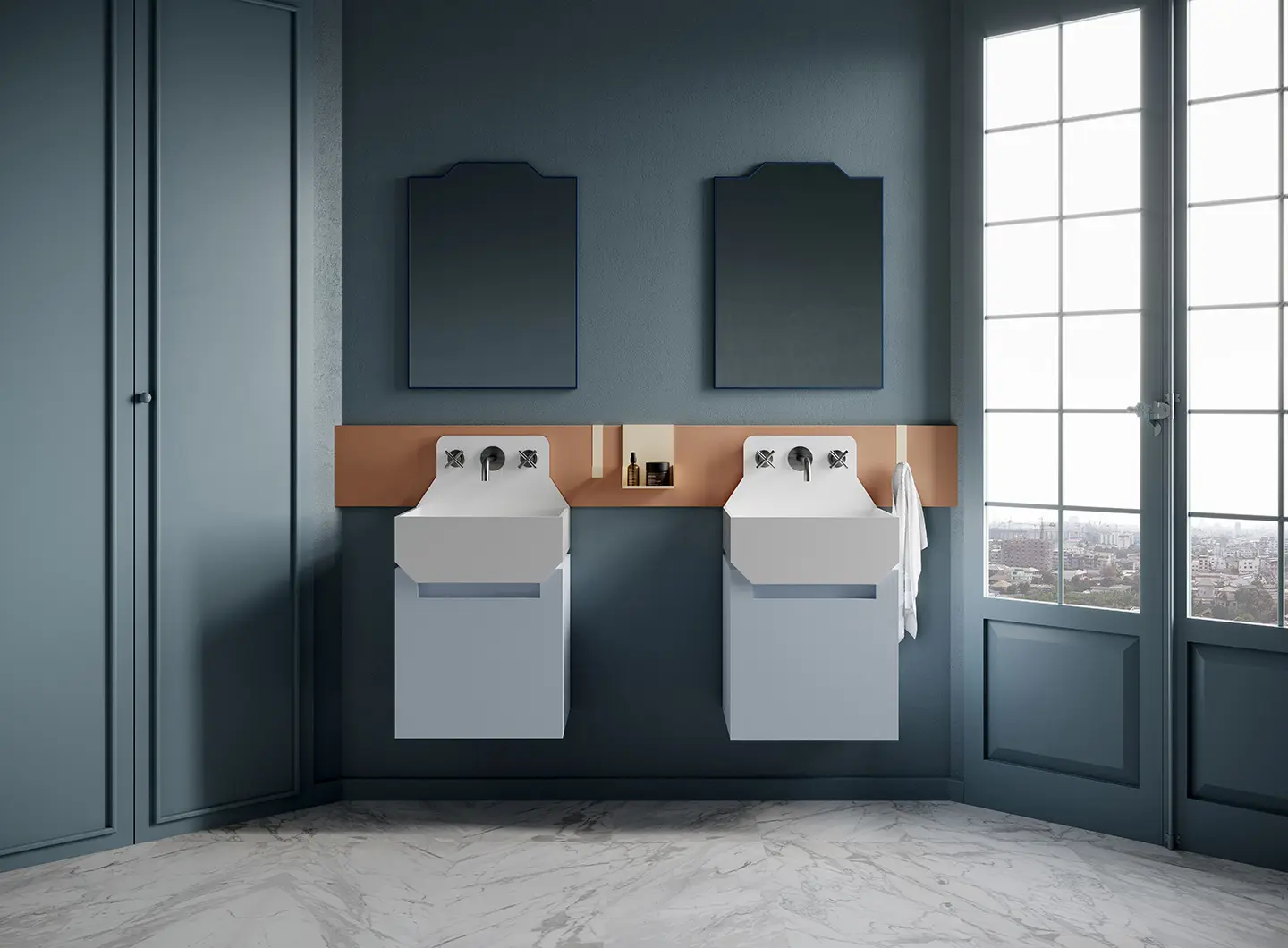From BIG to David Chipperfield, Frank Gehry to Snøhetta: a world tour of the best buildings set to open in 2026
Kitchens and bathrooms: chronicle of a metamorphosis foretold
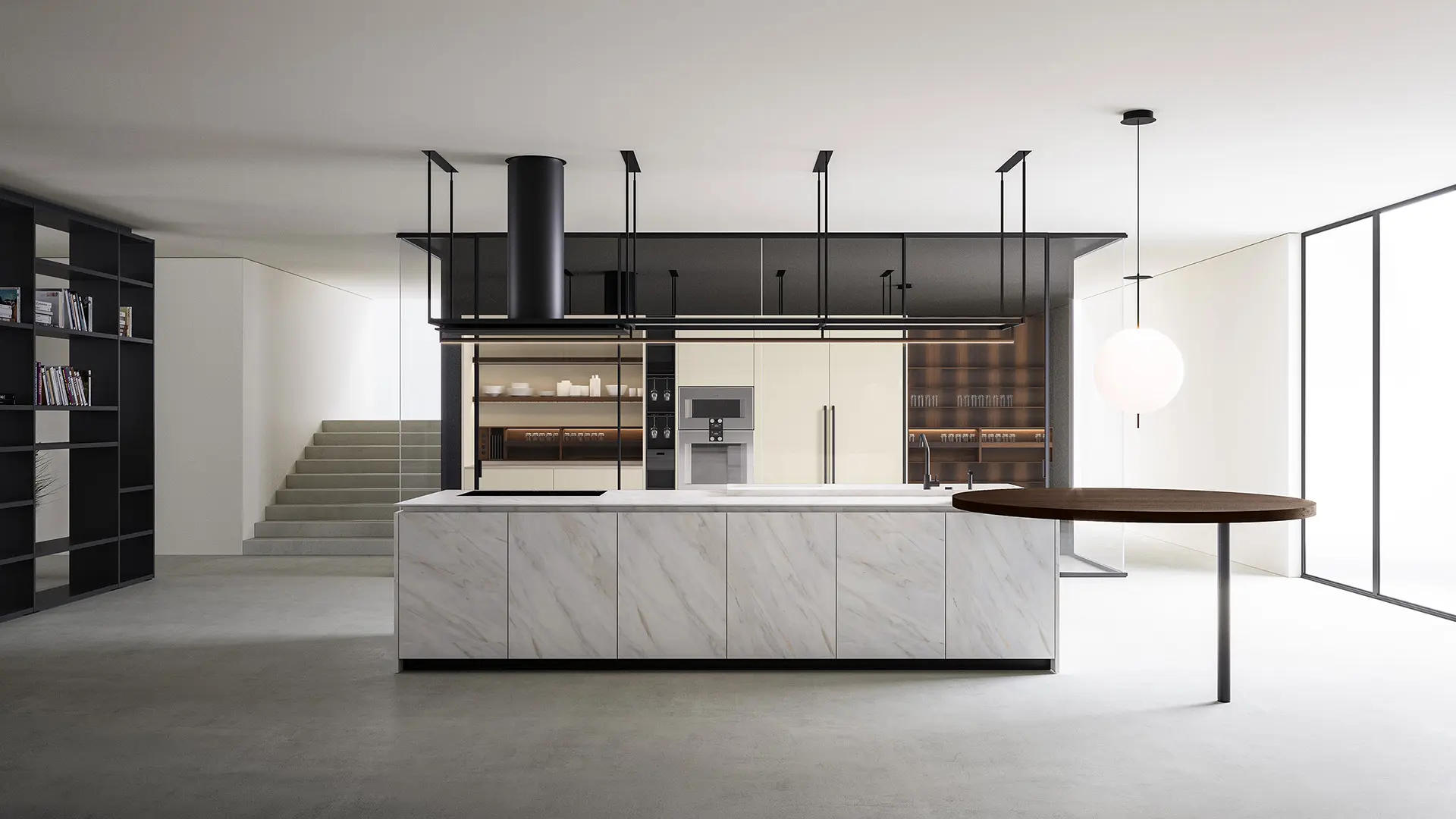
Boffi
Big, multi-functional and hyper-designed rooms, but also summations of triggers and opportunities: just don’t refer to them as service areas.
While many years ago, bathrooms and kitchens were regarded as “service areas,” they have now become domestic statement spaces. It’s pointless denying it, this is a bang up to date signal – bathroom and kitchen specifications have now expanded their physical and media requirements. Potentially, they are large, hyper-designed spaces. Often multifunctional, in a purely hedonistic key. So, nothing strictly functional – fireplaces may make an appearance in bathrooms and reading/relaxation nooks in kitchens.
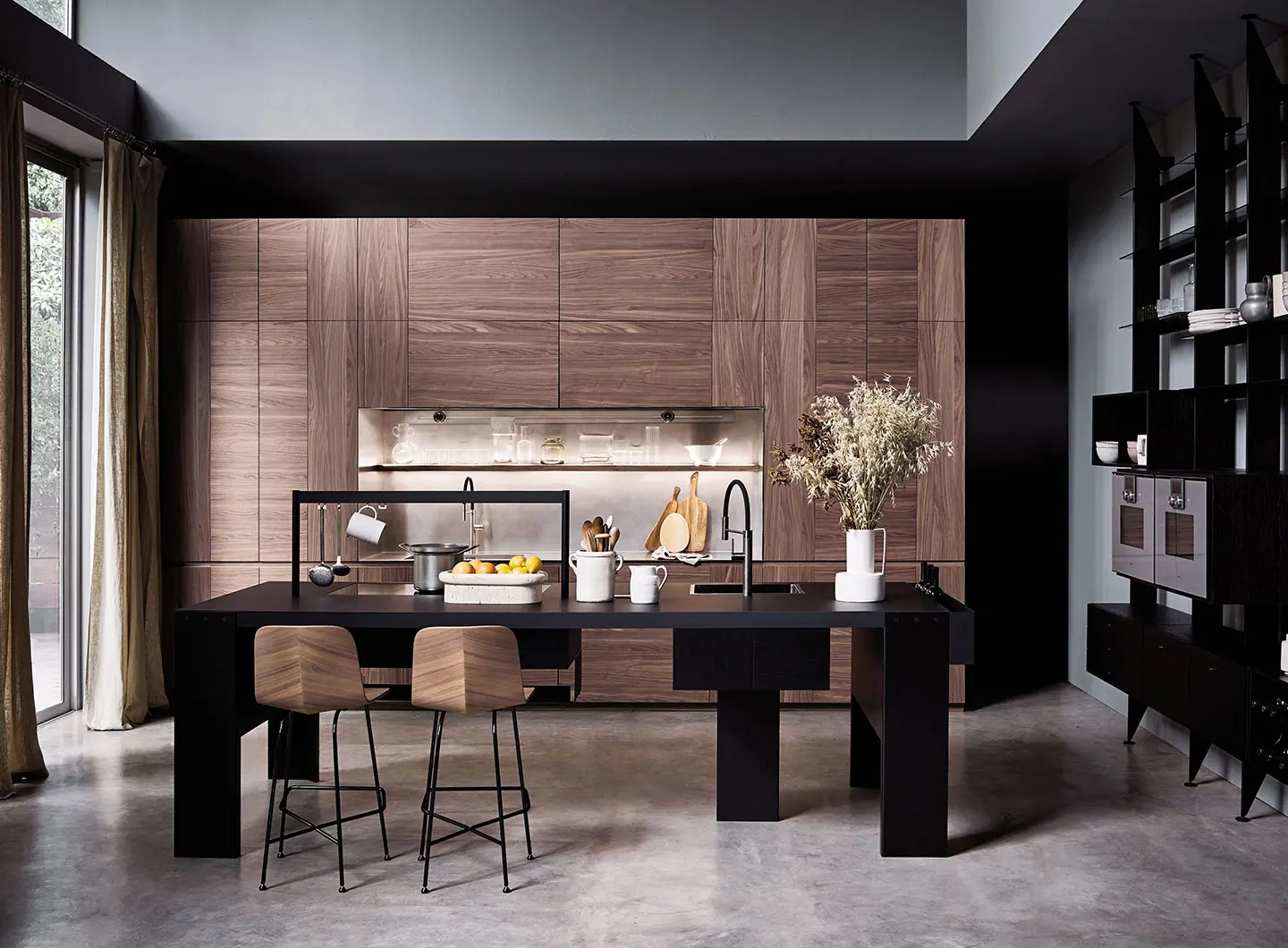
Intarsio, Cesar
Nowadays, bathrooms and kitchens are seen as spaces “ripe for invention,” summations of stimuli and opportunities, calling for large continuous surfaces, in which the material finds its greatest expression in terms of “square meterage:” marble or wood, with brass and burnished metal fittings serve to turn them into verses of architecture or works of art.
Now, the most significant signals from the bathroom and kitchen worlds (and therefore also from the world of finishes which take on a starring role here) are signals of luxury and perfection. Here, the “precise design” of a product is less important than the material with which it is made: the former, if not overridden, is purposely “dumbed down” in order to put the spotlight on the latter.
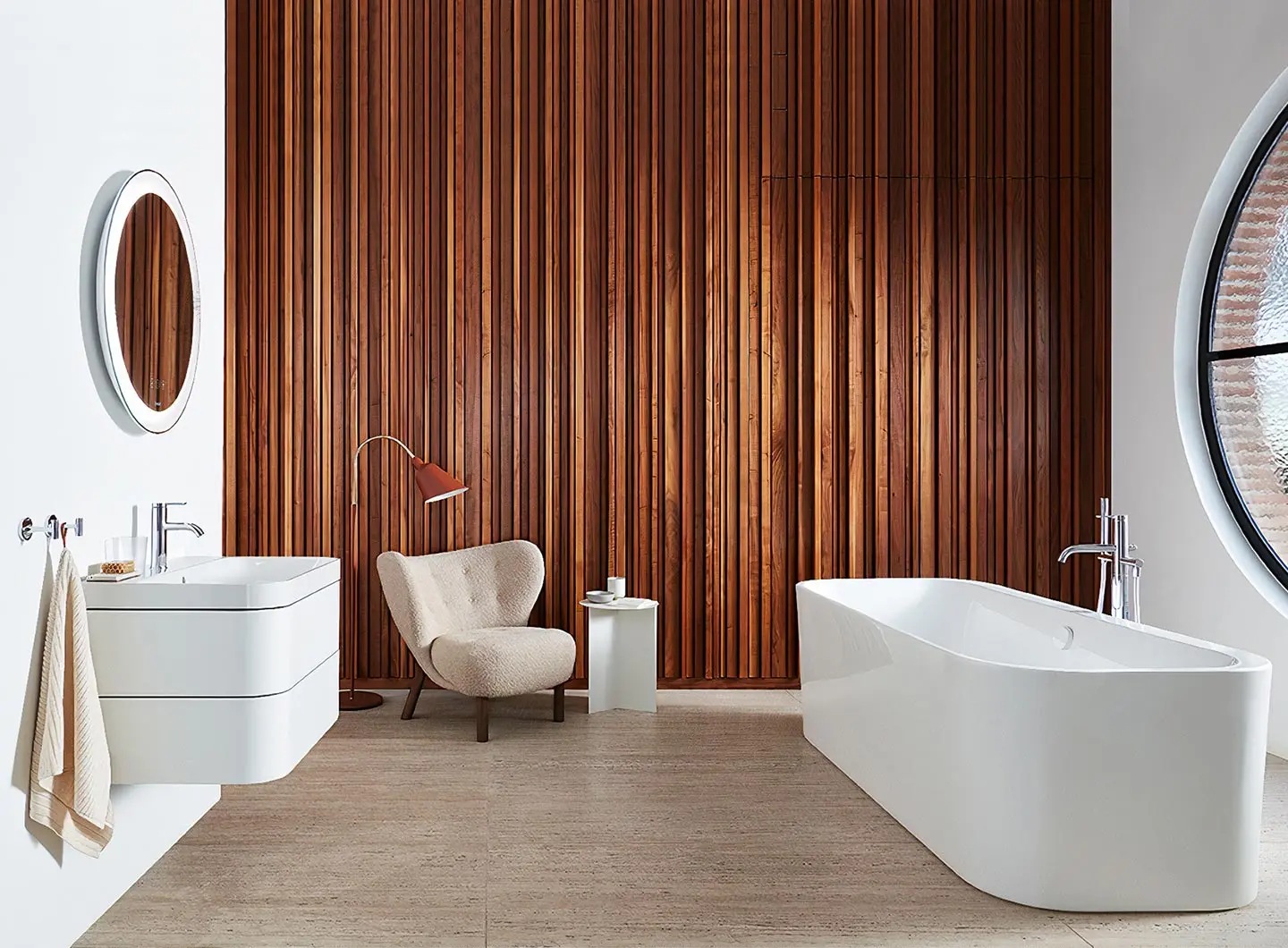
Happy, Duravit
If we wanted to find a common symbol for the kitchens it would probably be the monolith. A pure and silent volume, often placed in the middle of the space, always finished with precious materials and sophisticated colours, it conceals a beating technological heart. Water and heat sources appear as required with great efficiency and a wealth of accessories, but they are also made to disappear once they have served their purpose. Meanwhile, powerful extractor hoods (the latest generation ones are on the worktop rather than suspended) ensure that there is no trace of cooking smells or human endeavour in the surrounding atmosphere.
Carlo Colombo, with Isøla for Rossana, has come up with a counter island, both sides of which (the one facing the living area and the one facing the technical equipment) have been subjected to different treatments, although they remain equally important (note the Imperial Marble teamed with heat-treated chestnut wood on the front).
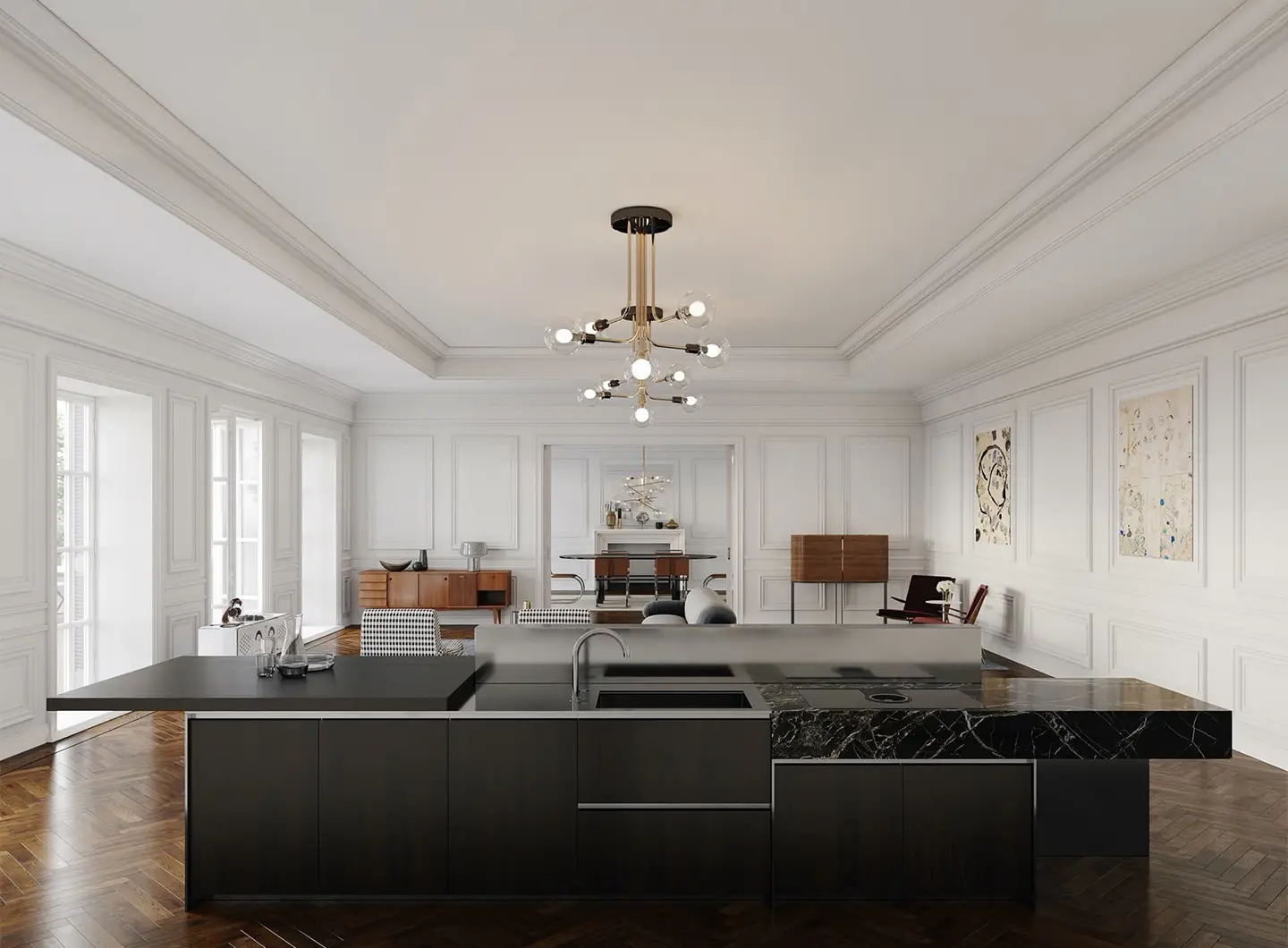
Isøla, design by Carlo Colombo, Rossana
The great industrial kitchen worktops are clearly also sources of inspiration, such as K-Lab, designed by Giuseppe Bavuso for Ernesto Meda, for example.
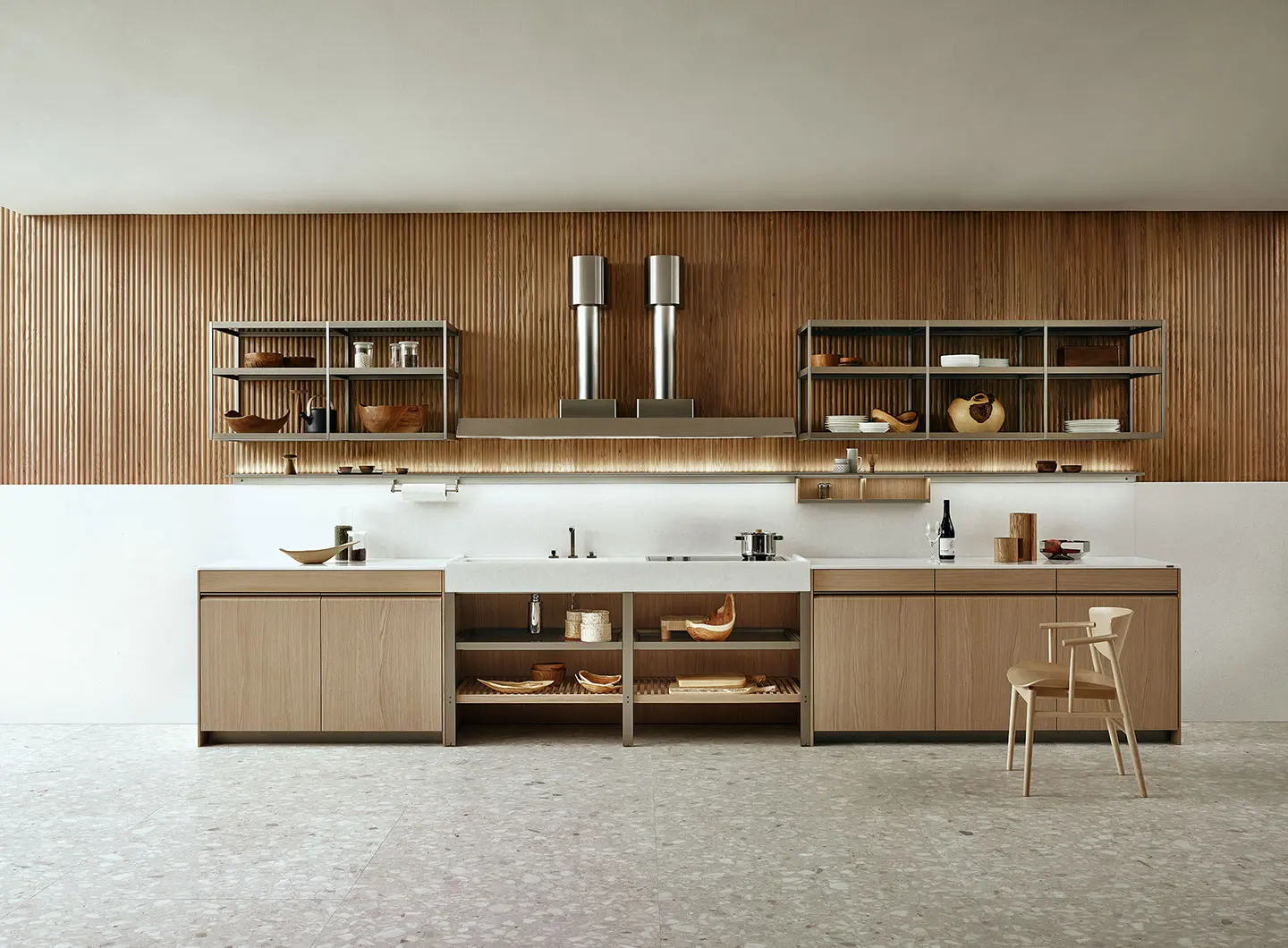
K-Lab, design by Giuseppe Bavuso, Ernestomeda
Francesco Meda has focused instead on the issue of accessorising and instant availability (therefore visibility) of all those accessories that increasingly sophisticated culinary practices have made indispensable. In Sistema XY for Dada in particular, he has factored in sliding horizontal tops that can be moved to wherever the creative urge (and the dish in progress) demands.


 Stories
Stories
